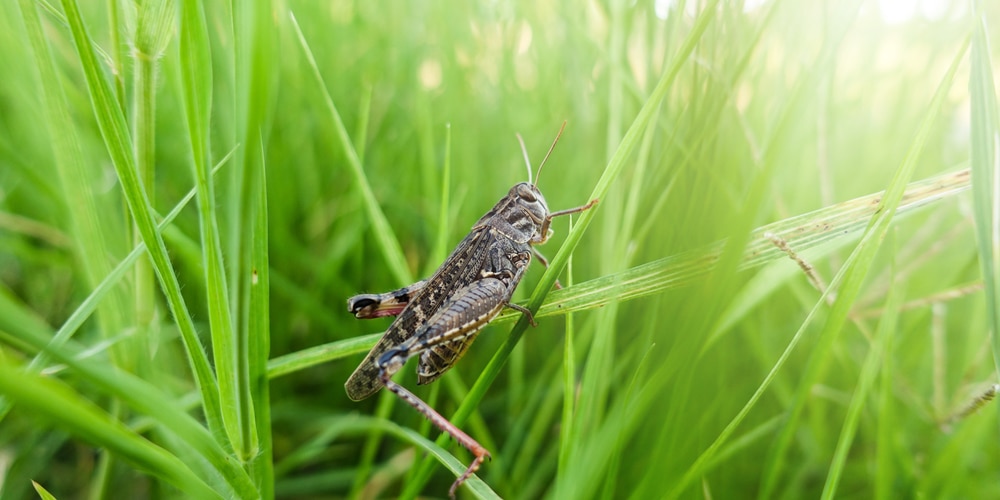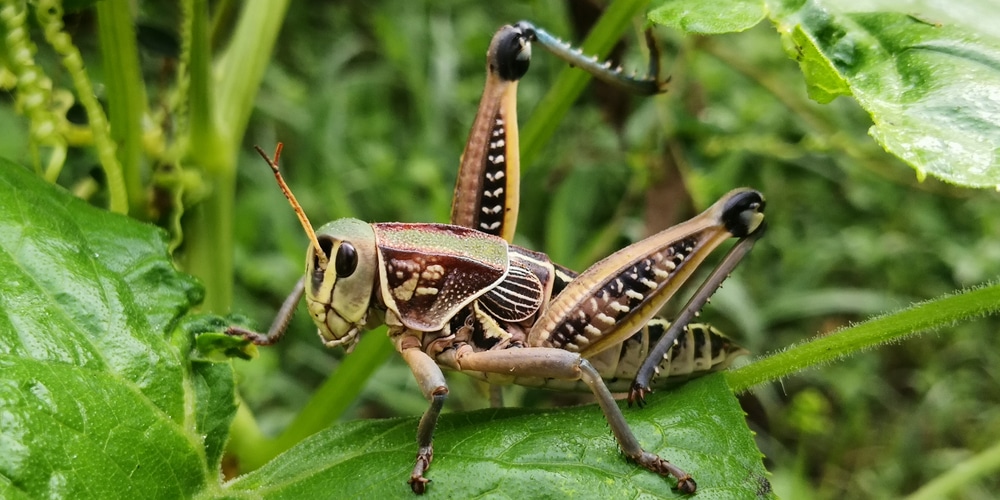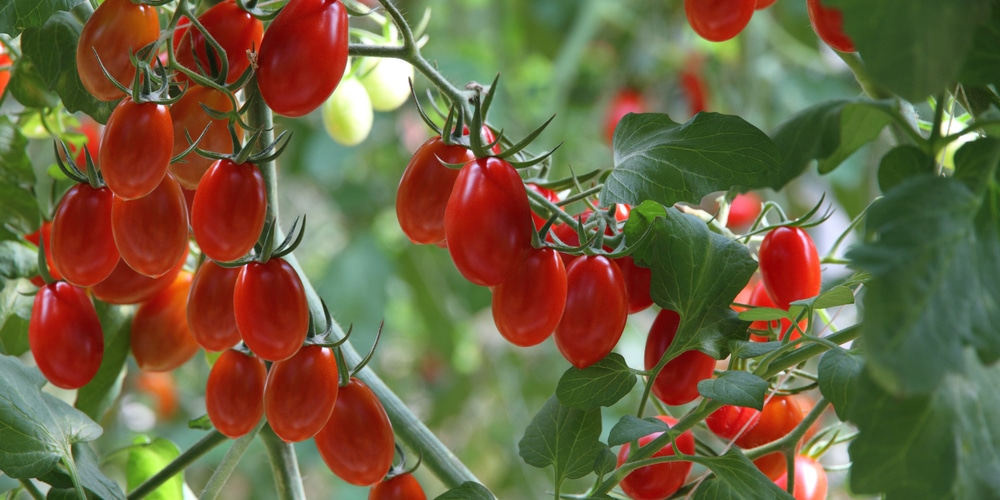Grasshoppers are a common pest that can be found in gardens and yards. They often feed on plants, including tomato plants. While grasshoppers may seem like harmless creatures, they can severely damage crops.
This article will discuss the truth about grasshoppers and their diet. We will also provide tips on how to get rid of these pests if they become a problem for your garden!
Grasshoppers

While most grasshoppers are herbivores, a few species are classified as polyphagous, meaning they will eat just about anything. The feeding behavior of grasshoppers depends entirely on their preference for specific foods.
Grasshoppers can be found in at least 75% of the world’s countries, where wet field conditions lend themselves to their growth and survival.
In North America, the most common type of grasshopper is theormonocerus rubimaculatus, which feeds primarily on grasses. However, there are a few exceptions to this rule. Some grasshoppers will feed on leaves, vegetables, and even fruit if given the opportunity.
Do Grasshoppers Eat Tomato Plants
Grasshoppers are one of the most destructive pests affecting your tomato plants. These voracious eaters consume plants such as cabbage, kale, beans, peas, eggplant, bell pepper, fennel, okra, celery, lettuce, and tomato plants.
They can cause significant damage to tomatoes by chewing them, causing tomato leaves to curl, resulting in loss of fruit, and even killing plants. They eat almost every part of the tomato plant, starting with the leaves and flowers.
Also, they transmit many microbes that can cause devastating tomato plant diseases. Mild infestations may cause only minor damage, such as a few lost leaves, but many grasshoppers can eat whole tomato plants.
Thankfully, you can do a few things to help protect your plants from these pesky critters. By taking some preventive measures and being vigilant about early signs of infestation, you can keep your tomato plants safe from harm.
Preventing A Grasshopper Infestation
As any gardener knows, grasshoppers can be a real nuisance. Not only do they eat your plants, but they can also spread disease. Luckily, you can do a few things to get rid of them.
Early Treatment
If you spot a grasshopper infestation, the best thing to do is start treatment right away. If there are only a few grasshoppers, you can remove them with a net. Once you’ve collected them, be sure to kill them. This will help prevent the infestation from spreading.
Planting Early Season Varieties
Another effective strategy is to choose early-season tomatoes. Since insects usually cause the most damage in late summer when other food sources have been depleted, tomatoes that produce fruit before grasshoppers become adults are suitable for areas prone to heavy infestations or where prevention and control are difficult.
Tomatoes are available almost every season, except early spring. Early Girl, Early Wonder, Oregon Spring, Siberia, Sprite, Tiny Tim, Macero Roma, and Bellstar are the most well-known early season tomatoes.
Using Insecticides
Grasshoppers can be a real nuisance in the garden, decimating crops and leaving behind a trail of destruction. While there are several ways to control these pests, one of the most effective is to use an insecticide.
There are various products on the market, and it’s essential to choose one that is designed explicitly for tomato plants. Some insecticides come in a spray, while others are available as a dusting powder.
Whichever type you choose, read and follow the label directions carefully. Applying the insecticide correctly will help to ensure its efficacy and minimize any risks to your plants.
Covers
Another option is to lay down floating row covers. These covers will prevent the grasshoppers from getting to the plants, but you will need to watch them, as the pests can chew holes in the plastic.
You can also opt to use metal screening or netting. This will provide a barrier between the plants and the grasshoppers, but it is essential to ensure that the netting is securely in place, as grasshoppers can be pretty adept at finding their way inside.
Roaming Chickens
If you want to keep grasshoppers away from your tomato garden, consider inviting some chickens to roam around. Chickens love to eat grasshoppers, and they can help keep the population in check.
If you don’t have a farm, you can still encourage other birds to visit your garden by putting up bird feeders, birdbaths, or birdhouses. Birds will help keep the grasshopper population under control, and they may even enjoy snacking on the occasional tomato.
Do grasshoppers eat tomato plants: Conclusion
Grasshoppers can be a real problem for tomato growers. By taking some preventive measures and being vigilant about early signs of infestation, you can keep your tomato plants safe from harm.
If you find yourself with a grasshopper infestation, there are several control methods available to get rid of the pests and get back to growing healthy tomatoes.

